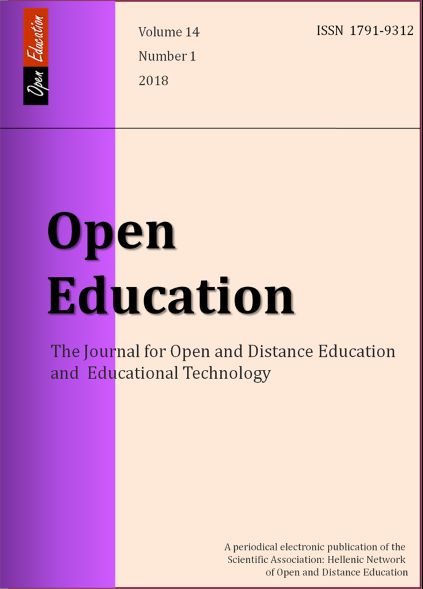Έντυπο και Ψηφιακό Βιβλίο (e-book) στην Ψηφιακή Εποχή
Аннотация
Η ψηφιακή τεχνολογία επιφέρει μεταβολές και στον χώρο του βιβλίου με την εμφάνιση βιβλίων σε ψηφιακή μορφή. Η πολυμεσικότητα, πολυμορφικότητα και γενικότερα οι ολοένα αυξανόμενες δυνατότητες που προσφέρουν, μεταβάλλουν γοργά το τοπίο στην αγορά και διακίνηση του βιβλίου. Το άρθρο προσεγγίζει τα ισχυρά στοιχεία του έντυπου βιβλίου, την προστιθέμενη αξία του ψηφιακού βάσει των νέων λειτουργιών καθώς και τις κυρίαρχες πρακτικές και αναδυόμενες τάσεις των δυο μορφών με βιβλιογραφική ανασκόπηση στο πεδίο. Έμφαση δίνεται στην παιδαγωγική διάσταση έντυπου και ψηφιακού βιβλίου ενώ παρουσιάζονται εισαγωγικά τα νέα περιβάλλοντα ανάγνωσης. Οι προτιμήσεις των αναγνωστών σε συνδυασμό με τις μορφές και τα επιχειρηματικά πρότυπα που θα κυριαρχήσουν, θα καθορίσουν τη μορφή του βιβλίου τα επόμενα χρόνια.
Article Details
- Как цитировать
-
- Выпуск
- Том 14 № 1 (2018)
- Раздел
- Μέρος πρώτο / Section 1





